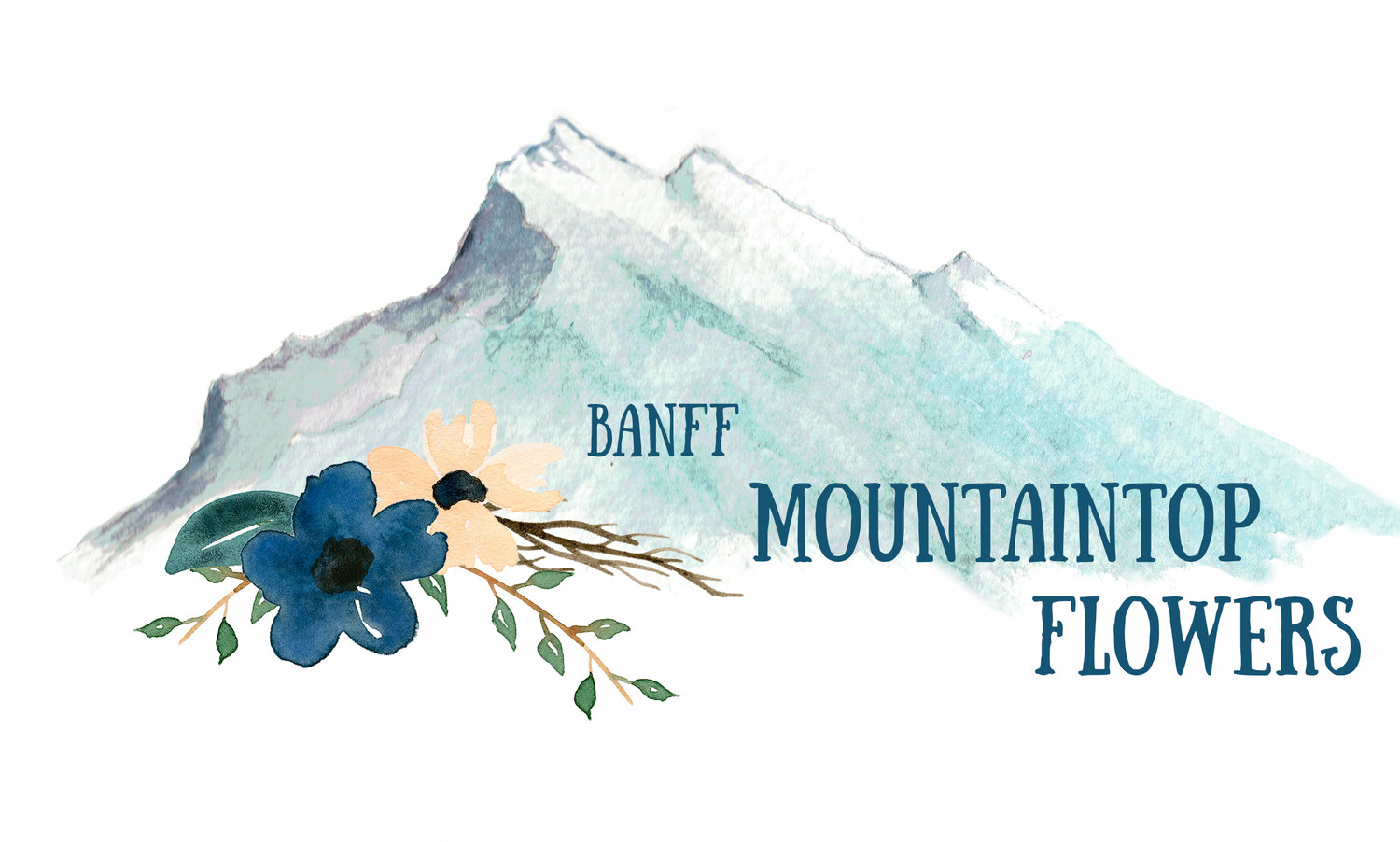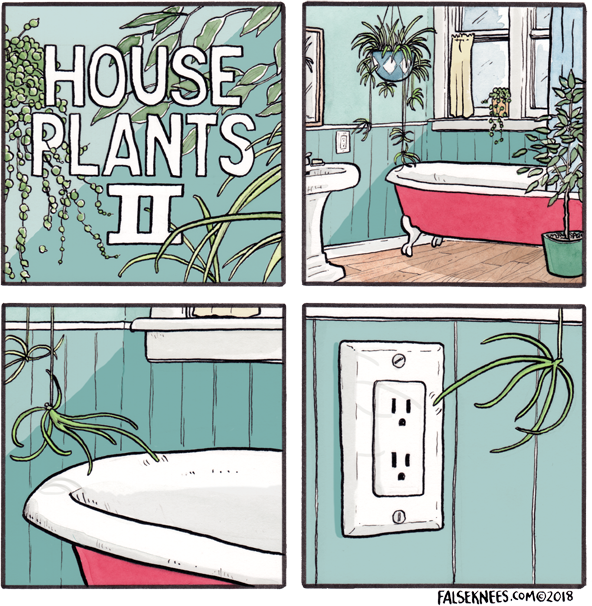Call it what you want; there’s a million articles out there about the “COVID-19 Houseplant Craze,” the “Millennial Houseplant Obsession,” the “Hoarder Culturists” of 2020 and 2021… all referring to the recent surge in demand for indoor tropical plants. Something could be said about more time spent inside; people out of work, people working from home, etc etc. But the motivation here isn’t what matters. What matters is that you’ve filled your place with houseplants, and they’re all growing, and you’re running out of room, and- oh, is that a sanseveria fernwood?
Shit.
Having too many plants is something of a not-so-vicious cycle, and I say that because “having too many plants” seems to be the opposite of a problem. After all, having plants in our living spaces keeps the air fresh, is aesthetically pleasing, and offers fulfillment in the centuries-old way of “I have kept this Thing alive, and therefore I am worth something.”
That’s not to say that plants don’t have needs; they’re just not as apparent as an actual pet. Instead, they tend to sneak up on you. Suddenly that cute 4” leafy vine you bought three months ago has tripled in size. Perhaps your snake plant has literally broken out of its nursery pot. Your hibiscus or rubber tree is covered in weird webbing. Your prayer plant is flopping. Your spider plant has browning tips. So the question for all of us, as our half-lockdown continues and there’s little need to do anything else besides fuss over leaves, is now what?
Repotting
Something that might seem obvious, but often gets forgotten, is that plants grow. Of course some are faster than others; your parents or grandparents might have plants that have looked the same for forever, which is more common for established, older plants… but generally anything bought at the store is going to get bigger. If you don’t want your plant becoming root-bound (a term for plants with roots that take up the majority of the pot - they may be difficult to remove from their containers and could begin to wilt if not put into a bigger container), the best thing to do is to repot into something a couple inches bigger, and this is the best time of year to do it. You don’t want to put your plant in a pot too much bigger than its current home, or you risk a higher chance of overwatering. Going up in 2” intervals is a good rule of thumb.
Fertilizing
Most indoor houseplants don’t need fertilizer, and over the fall and winter months, it’s best not to fertilize at all. In early spring to late summer however, it can help your plants grow bigger, faster, and more lush. Plants without fertilizer will survive- plants with will thrive, provided it’s done correctly. There’s a few different forms of fertilizer available at gardening centres, and most are in the form of something you put in the soil or a concentrated mix you use when watering. Alternatively, plants apparently love old coffee grounds and ground-up eggshells. Every plant needs different things from their fertilizers, so make sure to research accordingly and check the labels. Your outdoor tomato plant might not want the same as your indoor monstera.
Propagating
Propagating is a process of taking plant cuttings in order to start new plants. The stems of vining plants, for example, can be cut and placed into water in order to encourage root growth. Once roots have sprouted from the stem, you can place it back into soil and voila, new plant! With trailing or cascading plants like pothos, cuttings from a single plant can be propagated and then put back into the same pot in order to create a fuller plant. If your vining plants are getting a bit too long and leggy, this is a good option to keep them looking neat while also making them bigger.
Pest Care
Part of houseplant ownership is dealing with pests. You may have already been introduced to fungus gnats, little fruitfly-esque bugs that like to hang around water sources. These guys are mostly harmless, subsiding on rotting and decaying matter in the plant pots. They only cause problems when there’s a looooot of them- but also they’re just sort of a nuisance. If you really don’t want them hanging around, try sprinkling ground cinnamon or coarse sand into the top of your plant pots, or put out some sticky traps.
Common pests that will actively harm your plants include spider mites, thrips, scale, and mealies. Most can be prevented by spraying plants with water mixed with neem oil, apple cider vinegar, or dish soap, but once they’re established it’s a bit of a tougher battle. For plants that you’re not particularly attached to, many people will recommend the “punt it out the backdoor” method, but if you want to fight it, you may need to pick up some pesticide sprays at the gardening centre. Plants can also be stuck under the shower head or hose and sprayed with water at a high pressure in order to literally knock off the bugs. For a more in-depth approach you can also take rubbing alcohol and wipe down leaves and stems individually. Or, if you don’t mind creating something of an ecosystem in your house, natural pests like ladybugs and lacewings can control pest populations.
A friendly tip for anyone not looking to get pests on their plants to begin with: inspect any new plants thoroughly, and if possible, quarantine them first. Don’t take indoor plants outside, and don’t bring outside plants indoors, unless they’re in separate areas and easily kept apart. But at the end of the day, you, your pet, and the wind can all be sources of houseplant pests. Don’t take it as a personal failure if your plants get pests, and remember that sometimes it’s simply a case of maintaining and controlling the pests you have instead of eradicating them completely.
To sum it up, buying plants is always going to be a lot more than just picking something up at the store, taking it home, and putting it down. There’s a certain ownership to it. The satisfaction of seeing a plant put out new leaves and vines under your care is invigorating. Waging war on spider mites and seeing your plant come out of it happy and healthy is the sort of personal success I wish I could put on a resume. Keeping track of different plants and their different needs is just the right amount of challenging to be fun, rather than discouraging. And obviously, watching them grow is probably the best part!
We’re always at the shop to help out with any questions you might have regarding plant care, so stop by anytime.
-Juls






